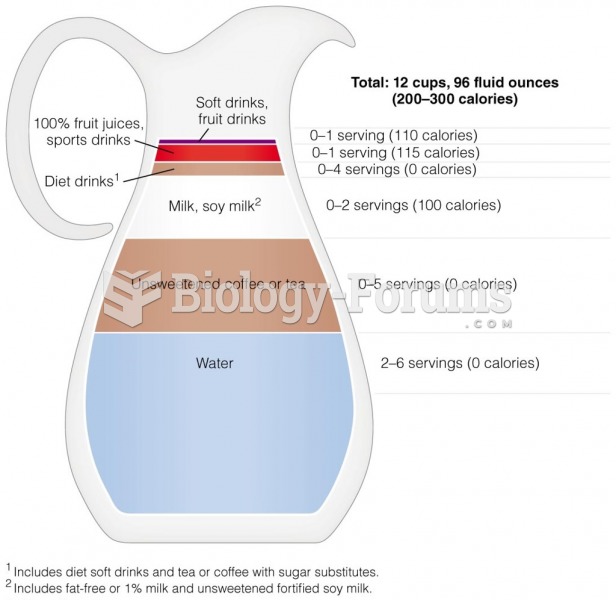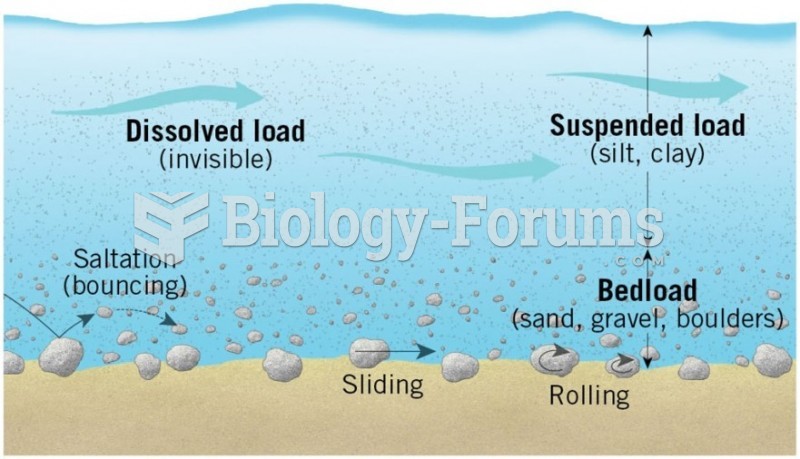Answer to Question 1
Correct Answer: 1
Rationale 1: Water will move from the plasma compartment to the interstitial compartment, by osmosis, in response to administration of hypotonic intravenous solutions.
Rationale 2: Water does not move by diffusion.
Rationale 3: Water does not move by diffusion.
Rationale 4: Water will move from the plasma compartment to the interstitial compartment, by osmosis, in response to administration of hypotonic intravenous solutions.
Global Rationale: Water will move from the plasma compartment to the interstitial compartment, by osmosis, in response to administration of hypotonic intravenous solutions. Water does not move by diffusion.
Answer to Question 2
Correct Answer: 2
Rationale 1: Colloids will likely cause a shift of fluid from the interstitial and/or intracellular space to the intravascular space.
Rationale 2: Isotonic solutions will likely cause no fluid shift in this client.
Rationale 3: Hypertonic solutions will likely cause a shift of fluid from the interstitial and/or intracellular space to the intravascular space.
Rationale 4: Hypotonic solutions will likely cause a shift of fluid from the intravascular space to the interstitial and/or intracellular space.
Global Rationale: Isotonic solutions will likely cause no fluid shift in this client. Colloids will likely cause a shift of fluid from the interstitial and/or intracellular space to the intravascular space. Hypertonic solutions will likely cause a shift of fluid from the interstitial and/or intracellular space to the intravascular space.







